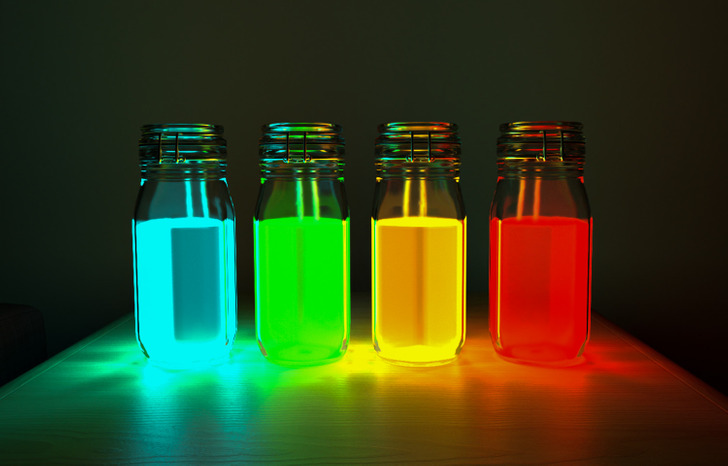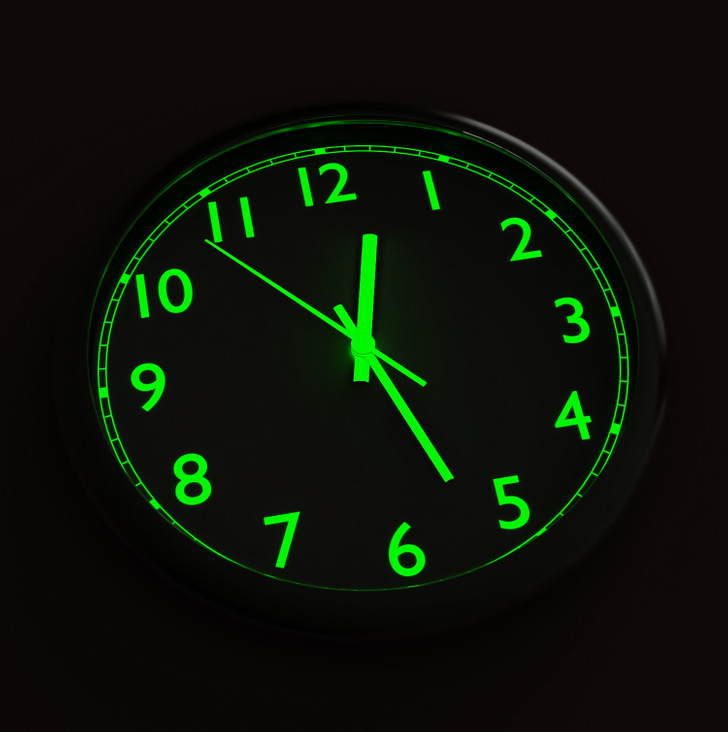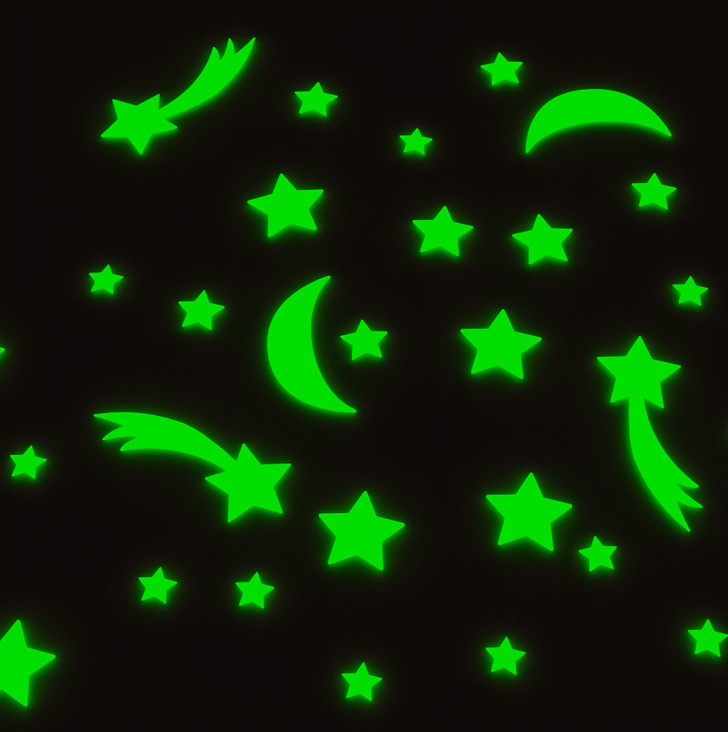Why Some Objects Glow in the Dark
Star stickers on the ceiling of a kid’s room, or clock hands that are visible in the dark — at times we come across objects that can glow in the dark, although they look totally normal in the daylight.
5-Minute Crafts decided to find out why different objects and living creatures can glow in the dark.
Why do some objects glow?
The ability of objects to emit light in the dark is possible thanks to a phenomenon called luminescence. In this process, the object glows not because it radiates heat, like coal, but because it was first charged with energy, and then began to radiate this energy as light.
There are several types of luminescence:
- chemiluminescence
- bioluminescence
- radioluminescence
- phosphorescence
Chemiluminescence

Chemiluminescence is a chemical reaction that occurs inside objects at the molecular level and causes them to emit light. Because of the reaction of 2 substances, electrons become more active, release energy, and begin to glow. During this process, light is generated precisely by the ongoing chemical reaction. This phenomenon was first reported by scientists in 1877.
A good example of chemiluminescence is a glow stick. In order for it to glow, it has to be bent. At this moment, 2 chemicals inside the stick mix and the stick begins to glow.
Bioluminescence

Some creatures can glow in the dark naturally. Bioluminescence is the ability of a living organism to emit light on its own.
This type of chemiluminescence is possible due to the interaction of 2 components: a light-emitting molecule (luciferin) and an enzyme (luciferase). The enzyme initiates the process of the molecule oxidation, triggering chemical reactions which cause light emission.
Natural glow is often found among fungi, bacteria, fish, jellyfish, crustaceans and cephalopods, scallops, deep-sea animals, and terrestrial invertebrates. When sea water glows at night, this is also an example of a bioluminescence emitted by plankton.
Previously, people used this ability of living creatures as a source of light in coal mines: they took fireflies and dried fish skins with them into the mines.
Radioluminescence

With radioluminescence, light is produced as a result of ionizing radiation (alpha particles, beta particles or gamma rays) in a material. The reaction occurs as follows: as a result of the radioactive decay of an atom, a particle appears. The electron excited by this particle moves to a higher energy level, and then returns to its ground energy level by emitting the extra energy as a photon of light.
This reaction is sometimes used in traffic signs. Radioluminescent paint is also applied to clock hands or dials of various instruments so that they can be read in the dark.
Phosphorescence

Phosphorescence allows objects to glow by absorbing light and then re-emitting it at a higher wavelength for an extended period of time. This means that an object absorbs energy first, and then releases it slowly in the form of light.
In 1974, this phenomenon was used to make lines under writing paper to help people write in low-light conditions.
Nowadays, phosphorescence is used in glow-in-the-dark toys, stickers, paint, clock faces, and white LED lights and computer screens. The glow can fade out after a few minutes, or it can last for several hours.